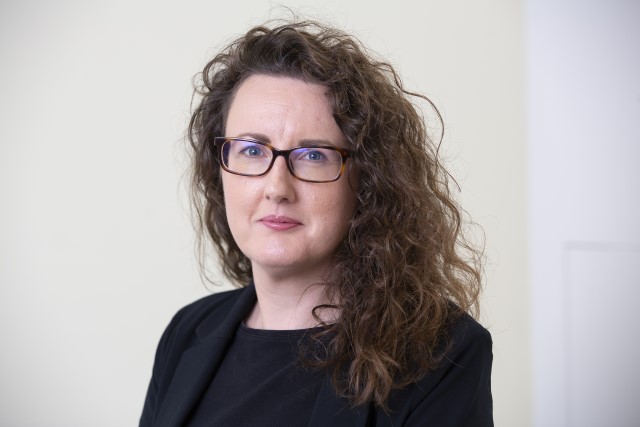Patients are shaping osteopathic regulation
11 March 2022
Rachel Heatley, GOsC Senior Research and Policy Officer, reports on the progress that we’ve made in embedding the patient voice in osteopathic regulation and the rich insights our patient representatives have shared along the way.
Over the past 18 months we’ve worked hard to provide safe spaces for patients to engage with us, making sure they feel confident sharing their views on osteopathic regulation and practice. Taking the time to build relationships with patients has meant they’ve been able to inform policy and strategy development from the outset and it’s also yielded some unexpected results.
Rich insights
One of the most important aspects of engaging more meaningfully with patients has been that their insights are now not just limited to the project they have been invited to participate in, as was the case in 2018 and 2019. Patients have felt empowered to take a much more holistic approach to sharing their views.
Unprompted, for example, a patient representative who is partially sighted highlighted issues they experienced using the GOsC website and in particular the search function of the Register. They kindly shared suggestions, resources and examples of best practice that they’ve experienced in other organisations. As a result, we have begun embarking on a project to improve the accessibility of the website. This was a project that had been in the pipeline but having a patient voice ‘in the room’ encouraged us to prioritise the work now and has shaped the approach we are taking from the outset, allowing us to address patients’ expectations and needs.
Other patient representatives have shared insights into their routes to osteopathic treatment, which have ranged from recommendations from their GP and pharmacist to reading about osteopathy in a magazine and deciding to try it out. Despite the differing routes, a common priority cited by all is the importance of the information they receive prior to their first treatment, as well as the introductory conversation they have with an osteopath, in order for them to establish a positive therapeutic relationship.
Patients said that understanding what to expect from treatment helped them consider what goals they wanted to achieve and empowered them to make decisions about their health with their osteopath. We are using this feedback to inform a project to further develop a suite of tools that osteopaths can share with patients ahead of treatment to support better consultations and reduce misunderstanding. As part of this project, we produced an animation providing information to new patients about what an osteopathic consultation will entail. So far it has nearly 1,000 views on our YouTube channel.
These rich insights have also helped to reassure us that work we have already undertaken is something patients want from a statutory regulator to support excellent osteopathic practice. For example, when they find out that communication and consent is one of the requirements in an osteopath’s CPD cycle, they welcome its inclusion in the scheme, and they have said it makes them feel more confident about the osteopathic profession.
Diversity of views
With almost 30 patients signed up to the GOsC Patient Involvement Forum the diversity of perspectives we hear has also deepened our understanding of patients’ needs and their expectations, not just of GOsC but osteopaths in general.
We have patient representatives who are carers for elderly parents and others who are disabled. Patients range in age from mid-30s to early 80s and come from across England and Scotland. We are keen to recruit patients from Northern Ireland and Wales too. Some patients are long time osteopathic patients, whereas others take an episodic approach to seeking osteopathic treatment, prompted by health issues they experience at the time.
Having such a broad spectrum of voices has helped us reflect on issues that underpin the fundamental aspects of our work such as the language we use. Members of the Patient Involvement Forum highlighted that some of the terminology we used in focus groups and in our written communications was too bureaucratic and assumed patients had more detailed knowledge about the GOsC than they often possessed. This feedback encouraged us to make changes to our patient-focused materials as well as reflect more broadly on how we communicate with our stakeholders. This in turn influenced our communication and engagement strategy.
As a statutory regulator, putting patients at the heart of our work isn’t just essential, it is the right thing to do. With many more projects in the pipeline we continue to maximise the opportunities patients have to share their views. We believe this can only lead to improvements in osteopathic standards, policies and education. These plans include a wider public and patient perceptions survey later this year.
If you have any patients who you think would like to get involved, please refer them to our Patient Involvement webpage and we also have a short video providing information about the Patient Involvement Forum on our YouTube channel.




